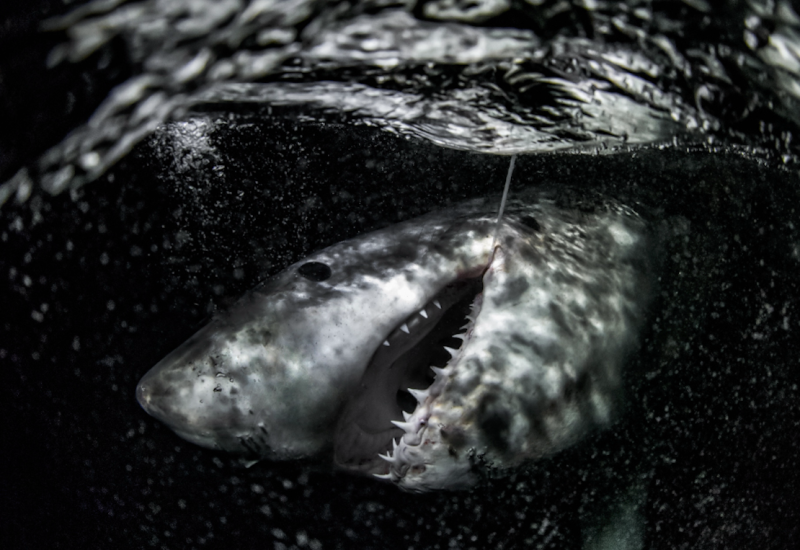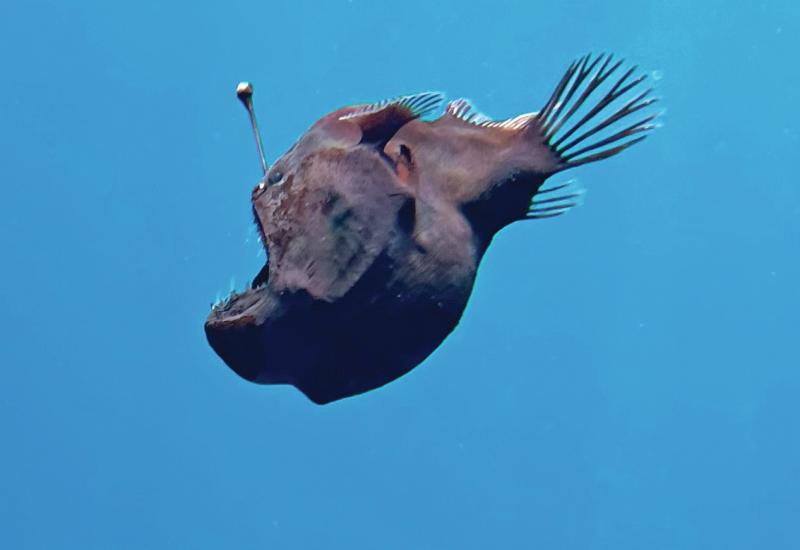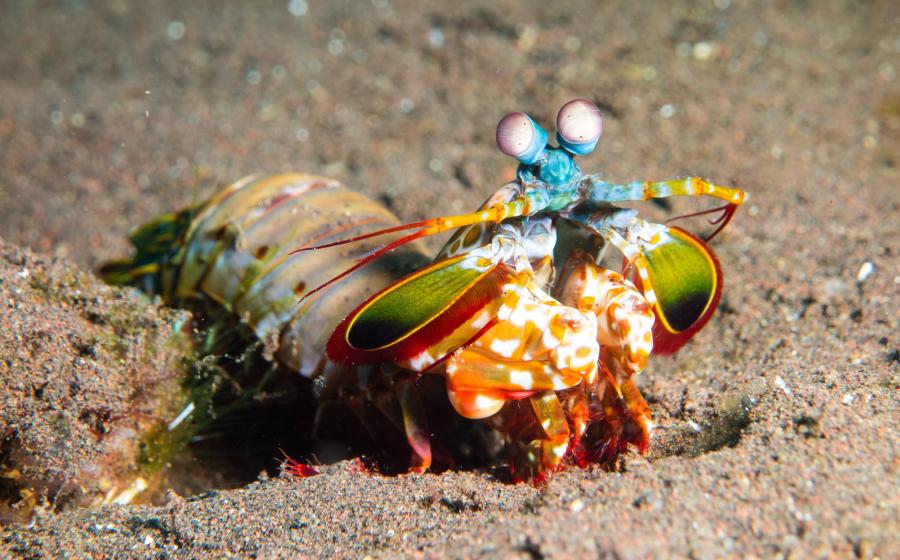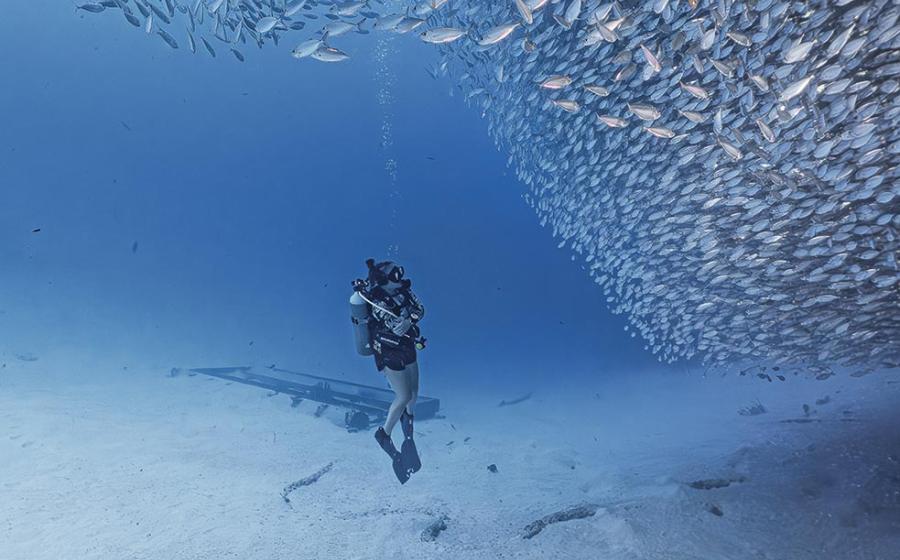3 Strange and Amazing Underwater Phenomena
Underwater Waterfalls
Sure, Niagara Falls draws all the tourists, but there are mightier waterfalls that no one visits. They just happen to be underwater. It’s the phenomenon that occurs when dense, cold water comes together with warmer, less-dense water. The Denmark Strait cataract is the largest waterfall on Earth. With water falling 11,500 feet — almost 10 times the height of Niagara — this underwater fall pumps 175 million cubic feet of water per second, almost enough to fill Lake Erie every day.
Related Reading: How to Dive Safely in Cold Water
The Deadly Brinicle

BBCA deadly underwater icicle
When conditions align perfectly in polar oceans, a deadly underwater icicle can form, slowly making its way to the seafloor until it reaches its destination and traps sea creatures in a chilly tomb. While this is likely the stuff of crustacean nightmares, it’s also the result of the extreme conditions found in these polar waters. When water initially freezes, impurities such as salt are forced out. Eventually, this brine — still in liquid form — seeps back into the water under ice. It quickly descends, freezing the seawater immediately around it until it reaches the floor, possibly claiming lives in the process. BBC filmmakers captured this phenomenon on film for the documentary series Frozen Planet, and they estimate that the process from brinicle formation to touchdown on the seafloor took five to six hours.
Related Reading: Ask a Marine Biologist: Why Are Polar Ocean Animals Giant?
Zhemchug Canyon
This underwater canyon — located in the Bering Sea — is so massive that you could fit the Grand Canyon inside it. And at 144 miles long, 62 miles wide and 2 miles deep, the Zhemchug Canyon is the largest under- water canyon on Earth. By contrast the Grand Canyon in Arizona is a little more than 1 mile deep. The gorge is so long, in fact, it can be seen in its entirety only from space. Discovered in 1959 by a Russian research vessel of the same title, its name translates to “pearl.” Inhabitants of the canyon include northern fur seals, whales, dolphins, corals and sponges. — Chase Brunton










